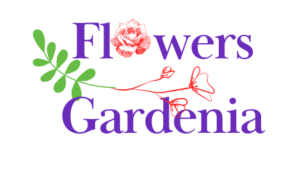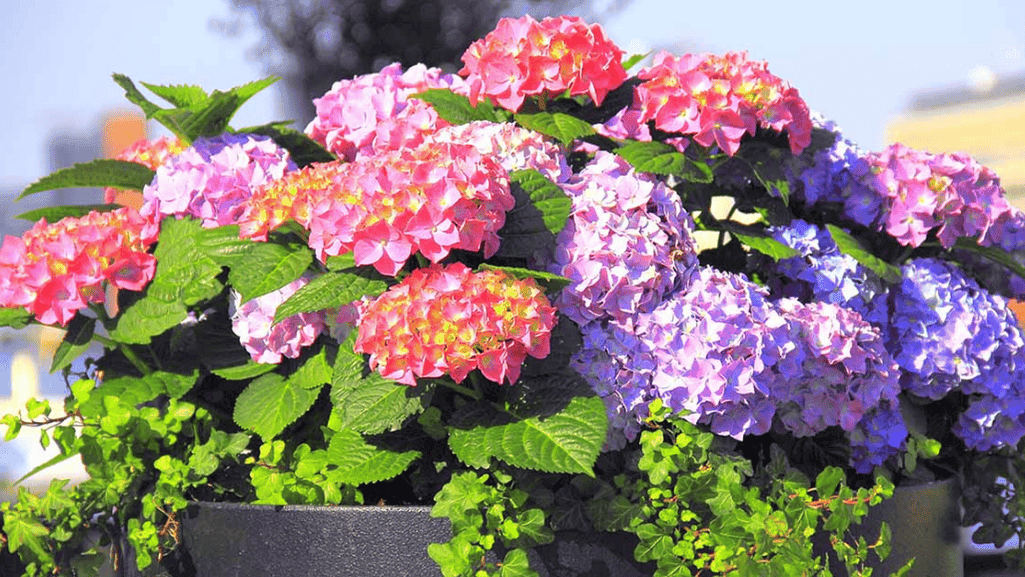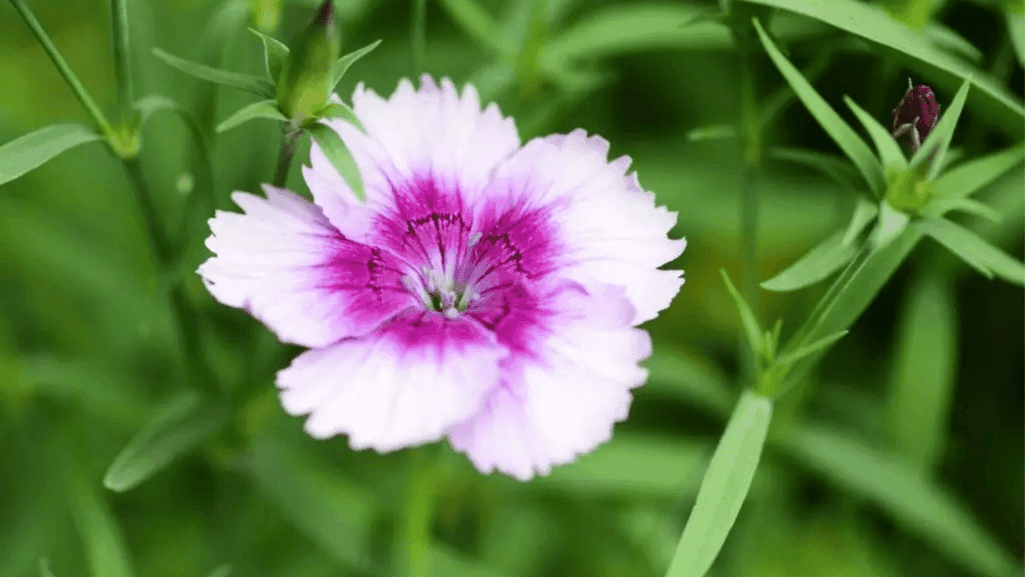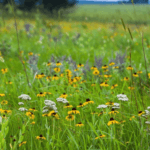
Beautiful flowers gardenia Plants For Your homes

Little Lime Hydrangea is a compact, dwarf form of the popular Limelight hydrangea, made for small gardens, containers, and landscape accents. It typically adds about 12 inches of growth per year and matures around 3 to 5 feet tall and wide, making it a great choice where space is limited.
Ideal for gardens and containers, this hydrangea performs well in USDA Zones 3–8. Its panicle-style blooms start chartreuse/ lime in early summer, fade to soft white, then take on rosy pink tones and finally deepen to burgundy into the fall — a long season of changing color.
Little Lime prefers at least six hours of sun daily (morning sun with afternoon shade in very hot climates), and thrives in moist, well-drained soil with a slightly acidic to neutral pH. Strong stems hold the panicle blooms upright, so the plant offers reliable, long-lasting color with relatively low maintenance.
The Little Lime Hydrangea (Hydrangea paniculata) is a compact panicle hydrangea prized for long-lasting, color-changing blooms. As flowers mature they progress from chartreuse/lime in early summer to creamy white, then pink, and finally burgundy into the fall — a seasonal display that adds interest from early summer through late season.
This tidy variety reaches about 3–5 feet tall and wide, making it perfect for borders, foundation plantings, and containers. Little Lime is hardy in USDA Zones 3–8 and prefers full to partial sun (aim for at least six hours of sun daily — morning sun with afternoon shade in hot regions helps prevent scorch).
As a Hydrangea paniculata variety, Little Lime produces cone-shaped panicle flower heads on new wood, which is why it reliably blooms each year even after winter dieback. The cultivar’s color shift happens as pigments develop and environmental factors (temperature and sunlight) influence tones — cooler nights and strong light often intensify pink and burgundy hues late in the season.
Compared with its parent Limelight, which can reach larger sizes and is often used in bigger landscapes, Little Lime stays compact without sacrificing the dramatic panicle blooms — a smart choice when you want Limelight-style color in a smaller footprint.
Finding the right spot sets your Hydrangea paniculata Little Lime up for success. Choose a site that balances sun and protection so the panicle blooms develop their best color without leaf scorch in hot summers.
Little Lime does best in full to partial sun—aim for at least six hours of direct sunlight daily. In hot-summer regions, prioritize morning sun and provide light afternoon shade to prevent leaf scorch while still encouraging strong bloom color.
Select a moist, well-drained soil rich in organic matter with a slightly acidic to neutral pH (about 6.0–7.0). If your soil is heavy clay, amend it with compost and coarse material (horticultural grit or coarse sand) to improve drainage. For sandy soils, add compost and well-rotted leaf mold to increase water-holding capacity.
Mulch with 2–3 inches of organic material (shredded bark or compost) to conserve moisture, moderate soil temperature, and protect roots from extreme heat or cold. Keep mulch a few inches away from the stem to prevent rot.
Planting Little Lime Hydrangea correctly helps the shrub establish quickly and bloom reliably. Follow the season, spacing, and soil tips below — and use this short planting checklist: soil test, compost, mulch (2–3 inches), and thorough watering after planting.
The best windows for planting are early fall and late spring. Early fall planting lets roots develop in cool, moist soil before winter; late spring planting avoids late freezes and gives the shrub a full growing season to establish before winter. For containers, you can plant anytime the plant is actively growing, but protect pots from extreme cold in winter.
Give each Little Lime shrub 3–5 feet of space to reach its mature size without crowding. For containers, choose pots at least 20–24 inches wide to allow root growth and moisture retention.
To plant your hydrangea paniculata:
Following these steps will help your little lime hydrangea establish a healthy root system and deliver strong blooms. For containers, use a premium potting mix that retains moisture while draining well, and check moisture more frequently because pots dry faster than in-ground plantings.
Little Lime is a compact perennial shrub that benefits from consistent moisture, especially while establishing. Proper watering maintains healthy growth and supports those showy panicle blooms through summer and into fall.
Establishing (first 6–8 weeks): water deeply 2–3 times per week (adjust for rainfall) so roots penetrate the soil. Mature in-ground plants: water when the top 2 inches of soil feel dry — typically once per week, more in hot, dry weather. Containers: check daily and water when the top inch is dry; pots dry faster and need more frequent irrigation.
Young Little Lime hydrangeas need steady moisture as roots develop. Aim for deep watering every 2–3 days (more often in hot, windy conditions), keeping the topsoil consistently damp but not waterlogged to prevent root rot.
For established shrubs, water deeply and less often to encourage deep root systems. A good rule is to water when the top 2 inches are dry; use slow, deep watering methods (soaker hose or drip irrigation) to wet the root zone thoroughly.
During drought, increase watering frequency and soak the root zone deeply once or twice a week depending on severity. Water at the base to avoid wetting foliage (reduces fungal risk). Mulch helps retain moisture and reduce stress on blooms.
Avoid frequent shallow watering that keeps only the surface moist — this encourages shallow roots and increases drought sensitivity. Instead, use slow, deep watering and mulch to maintain steady soil moisture for healthy growth year after year and consistent summer and fall bloom performance.
Feeding your Little Lime hydrangea at the right times helps produce stronger stems and more vibrant panicle blooms. Use balanced nutrition tailored for flowering shrubs and adjust based on a soil test for best results.
Choose a slow-release granular fertilizer formulated for flowering shrubs for steady, season-long nutrition. Balanced formulas such as 10-10-10 or 14-14-14 are commonly recommended; if you prefer organic feeding, well-composted manure or bone meal (for phosphorus) can help blooms, but follow product guidance and consider pet safety with bone meal.
Tip: liquid fertilizers (balanced bloom formulas) can be used as a light supplemental feed if you need a quicker boost during the growing season.
The main feeding should be in early spring as growth resumes—apply a measured amount of slow-release fertilizer according to the product label (rates vary by N concentration and product). A light, second feeding in mid-summer can encourage continued bloom production. Avoid late-season high-nitrogen feeds that stimulate tender growth before winter.
Before applying fertilizer, perform a soil test every 1–2 years to check nutrient levels and pH — this helps you choose the right formula and avoid overfeeding. Follow label instructions carefully: too much fertilizer can cause leaf burn, reduced blooms, or excessive vegetative growth.
Pruning keeps Little Lime hydrangea tidy, encourages vigorous new stems, and improves bloom display. Because this cultivar is a panicle hydrangea that blooms on new wood, pruning is forgiving and a great way to shape the shrub and renew flowering wood each year.
Prune in late winter to early spring, just before new growth starts. Because Little Lime blooms on new wood, cutting back in late winter encourages the strongest, most abundant flower stems for the coming summer and fall.
Timing helps avoid removing developing shoots and maximizes the plant’s energy for new wood growth and blooms later in the season.
Remove dead, damaged, or weak stems first to improve airflow. You can safely reduce up to one-third of the plant each year to rejuvenate the shrub and encourage vigorous, flowering stems.
When shaping, make clean angled cuts about 1/4 inch above an outward-facing bud to encourage open, outward growth. Remove crossing stems to prevent rubbing and potential entry points for disease.
Always use clean, sharp tools and sanitize between cuts or between plants (a 10% bleach solution or commercial disinfectant works) to reduce disease spread.
Step-by-step:
If late frost damages early shoots, prune back to healthy wood in spring — Little Lime responds well and will produce new flowering wood that season.
Hydrangea paniculata adds beautiful lime-toned panicle blooms to the garden, but like most hydrangeas it can face a handful of pests and diseases. Early detection plus good cultural care (proper spacing, watering at the soil line, and mulching) keeps issues manageable.
Common insect pests include aphids (soft-bodied insects that cluster on new growth and cause distorted leaves), Japanese beetles and rose chafers (which skeletonize foliage), black vine weevil larvae (root feeders that can weaken plants), and spider mites in hot, dry conditions (causing stippled, pale leaves). Check underneath leaves and along stems for early signs.
Hydrangeas may also get fungal problems such as powdery mildew (white powder on leaf surfaces), botrytis blight in cool, humid weather (brown, fuzzy spots on flowers), and root rot from poorly drained, waterlogged soils. Good air circulation and watering at the base reduce disease risk.
Start with cultural controls: plant in well‑drained soil, space shrubs for good airflow, mulch to conserve moisture, and water at soil level. For pests, use insecticidal soap or neem oil for light aphid or mite infestations; handpick Japanese beetles; and apply beneficial nematodes or appropriate insecticides for black vine weevil larvae if necessary. For fungal issues, remove infected material, improve air circulation, avoid overhead watering, and consider fungicide sprays when conditions favor disease.
Monitor regularly and treat only when pest thresholds are met (small aphid colonies can be washed off with a strong spray of water). When using chemicals, follow label directions and consider organic options first. Early intervention keeps your Little Lime hydrangea healthy and flowering year after year.
 Growing Little Lime Hydrangea in Containers
Growing Little Lime Hydrangea in ContainersIf space is limited, growing Little Lime Hydrangea in a container is an excellent option — this compact flowering shrub adapts well to pots and brings bold panicle blooms to patios, balconies, and small gardens when given proper container care.
Choose a sturdy container with good drainage holes; avoid pots that are too shallow. A 20–24 inch wide pot is a practical minimum for multi-year growth (30 inches gives more room for mature root systems). Use a high-quality potting mix that retains moisture yet drains well — for example, a mix of premium peat-free potting soil, compost, and perlite or coarse bark for structure.
Potted Little Lime hydrangeas dry out faster than in-ground plants. In warm weather check moisture daily — expect to water every 1–3 days depending on heat, wind, and pot material. Water deeply until water runs from drainage holes. Fertilize lightly with a slow-release or liquid feed: apply a balanced, low-dose fertilizer in early spring and a light feed in mid-summer to support blooms.
Prune containers in late winter or early spring as you would in-ground plants to remove dead wood and shape the shrub. Repot or refresh the top 2–3 inches of potting mix every 1–2 years and fully repot every 3–4 years to maintain vigor.
In cold zones, protect containers from freeze-thaw cycles by placing pots in a sheltered spot, insulating with bubble wrap, or moving them to an unheated garage. Terracotta pots dry faster; plastic or fiberglass retain moisture longer — choose materials based on your watering routine and desired weight/stability.
With attentive watering, light fertilizing, and periodic repotting, growing Little Lime hydrangea in containers rewards you with bright summer and fall blooms in a small footprint.
 Little Lime Hydrangea Companion Plants
Little Lime Hydrangea Companion PlantsPairing Little Lime with compatible plants enhances your garden’s texture, season-long interest, and health. Choose companions that share its preference for moist, slightly acidic to neutral soil and either part shade or morning sun conditions.
Full/Part Sun companions: Astilbe (plume-like flowers, prefers moist soil), daylilies (e.g., Rainbow Rhythm® ‘Orange Smoothie’ for summer color), and certain low-maintenance grasses like Hakone grass for texture.
Part shade companions: Coral bells (Dolce® ‘Wildberry’), Japanese painted fern, hostas (e.g., Shadowland® ‘Autumn Frost’), and geraniums (cranesbill) create layered interest and thrive with Little Lime.
Accent evergreens like compact boxwood (Sprinter® boxwood) add structure and year-round form behind the hydrangea’s summer-fall blooms, while small ornamental grasses or blue fescue provide contrasting foliage color and scale.
Give Little Lime a 3–5 ft planting space; place lower perennials (6–18 in) like coral bells or cranesbill in front, mid-height companions (1–2 ft) such as blue fescue or hakone grass nearby, and taller accents (boxwood or small azaleas) behind to create depth. Group plants with similar water and light needs to simplify care.
Avoid pairing Little Lime with plants that prefer dry, alkaline soils (lavender, rosemary) or aggressive spreaders (some rudbeckias/Black‑eyed Susans) that can outcompete the hydrangea for water and space. Also be cautious with plants that attract pests that easily spread to hydrangeas.
By grouping compatible plants by light and water needs and correcting any factual sizing (check nursery tags for mature dimensions), you can design a balanced planting that showcases Little Lime’s seasonal color while keeping maintenance simple.
The Little Lime Hydrangea is an excellent choice for gardeners who want Limelight-style panicle blooms in a compact shrub. Beginning with lime-green flowers that mature to white, then pink and burgundy, it offers long-season color from early/mid-summer into fall.
With a mature size of roughly 3–5 feet tall and wide, Little Lime fits well as a focal point, hedge, or container specimen in many landscapes. It’s generally hardy in USDA Zones 3–8; verify local microclimates at your nursery or with a soil/zone check.
Care is straightforward: plant in moist, well-drained soil, give at least six hours of sun (morning sun with afternoon shade in hot climates), water regularly, mulch 2–3 inches, prune in late winter, and fertilize in early spring with a follow-up light feed mid-summer if desired. These simple steps help the shrub perform year after year.
Quick buying tip: look for healthy container-grown plants with a well-branched habit and a firm root ball; avoid plants that are root-bound or showing stress. For more detailed planting and care steps, see the sections above.
Little Lime is a compact selection of Limelight-style panicle hydrangea: it delivers the same dramatic, cone-shaped blooms but in a smaller, more landscape- and container-friendly size (about 3–5 feet tall versus Limelight often reaching larger sizes). See the Introduction and Differences sections above for full details.
Aim for full to partial sun — at least six hours of direct light daily. In hot climates, morning sun with light afternoon shade preserves leaf health while still promoting strong bloom color. See the “Choosing the Best Location” section for placement tips.
Use moist, well-drained, fertile soil with a slightly acidic to neutral pH (around 6.0–7.0). Amend heavy clay with compost and grit to improve drainage, or add organic matter to sandy soils to boost moisture retention.
Early fall and late spring are ideal for in-ground planting because they give roots time to establish before extreme heat or cold. Containers can be planted in the growing season, but protect pots in winter in colder zones.
Keep the root zone consistently moist but not waterlogged. For newly planted shrubs, water deeply 2–3 times per week (adjust for rainfall and temperature) until established; avoid wetting foliage to reduce disease risk.
For established plants, water when the top 2 inches of soil are dry — typically about once a week, increasing frequency during hot, windy, or drought conditions. Use slow, deep watering (drip or soaker) for best root development.
Apply a slow-release fertilizer in early spring as new growth begins, and consider a light, balanced supplemental feed in mid-summer to support blooms. Follow the product label for application rates and avoid heavy late-season nitrogen applications.
Late winter to early spring — prune just before new growth begins. Because panicle hydrangeas bloom on new wood, this timing encourages strong flowering stems for the season ahead.
Watch for aphids, spider mites, Japanese beetles, and root-feeding weevil larvae. Fungal issues include powdery mildew and botrytis in humid conditions; root rot can occur in poorly drained soils. Good sanitation, proper watering at the base, and monitoring let you address problems early — see the Pests & Diseases section for prevention and treatment options.
Yes — it performs well in containers when given a large enough pot (20–24 in minimum), quality potting mix, consistent moisture, and regular light feeding. See the container section for pot selection and winter care tips.
Choose companions with similar light and moisture needs: astilbe, coral bells, cranesbill geranium, Japanese painted fern, hakone grass, and compact boxwood work well. Avoid drought‑loving or aggressive spreaders like lavender, rosemary, or unchecked rudbeckias.




